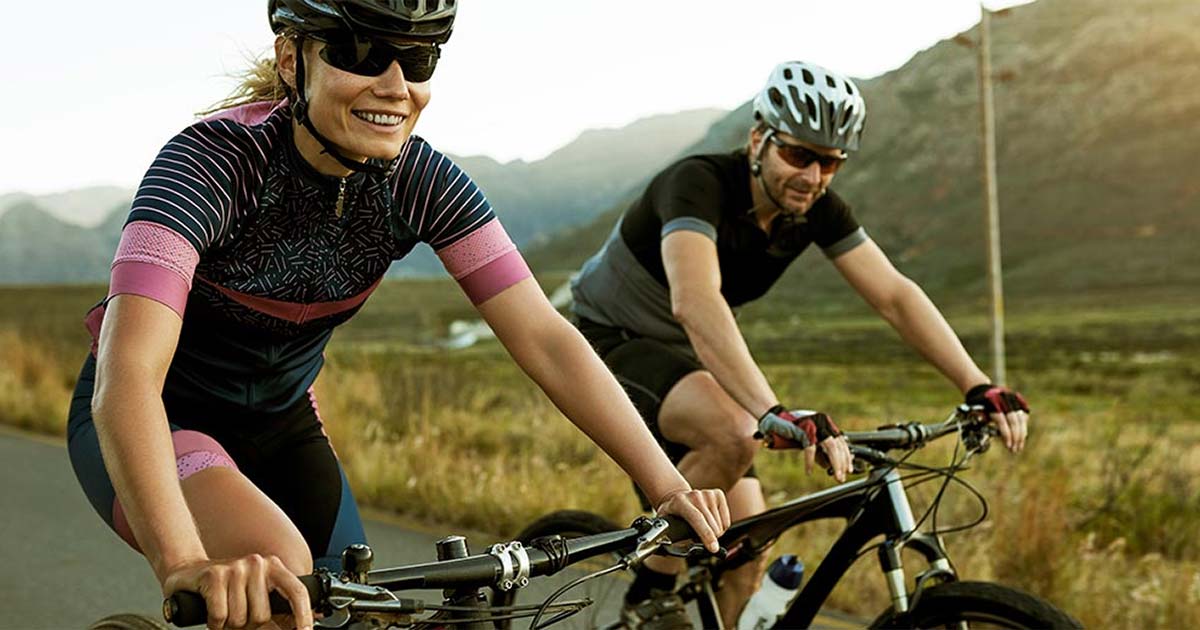
Advice to improve your movement, fitness, and overall health from the world's #1 in orthopedics.
How to Make the Most of Your Rowing Machine Workout
Learn tips, technique and more from an HSS exercise physiologist.
Advice to improve your movement, fitness, and overall health from the world's #1 in orthopedics.

Here’s why rowing is so beneficial, how to use a rowing machine correctly and tips for maintaining proper technique.
Rowing Benefits
A rowing machine workout is super effective for strength and endurance training because it involves your entire body. “Nearly every muscle is used for rowing,” Karp says. “It works your legs primarily, but you’re also using your upper body and arms.”
When you row with proper form, you push with your legs and pull with your arms. This recruits your quads, glutes, hamstrings, calves, lats, rhomboids and biceps. “Rowing also requires good core strength,” Karp adds.
This makes rowing more effective than cycling or running. For some, it can also be more comfortable than running because of the reduced impact on the joints, Karp says. “Running is constantly loading your joints — the force of your foot hitting the ground climbs back into your body. You don’t have that with rowing. It’s especially good for people with achy knees.”
How to Set Up a Rowing Machine
Using a rowing machine is straightforward, but there are a few things to keep in mind to make the most of your workout.
Whether you’re working out at home or at the gym, it’s unlikely the rowing machine you’re using will require much upfront adjusting. “Basically, the only adjustment is the height of the foot stretchers, which are the straps at the base of the footrest,” Karp says. “If you have bigger feet, you’ll move the heel of the stretcher down. This is entirely based on your comfort; there’s limited research showing any one position relates to less injury or increased power.”
If you notice that it feels like you’re sitting on a hard chair and the bones in your butt get sore, look into purchasing pads to make your seat a little more comfortable.
Once seated, the only other adjustment you’re likely to make is to the resistance. With resistance, go easy. “The biggest mistake I see people make is setting the resistance too high,” Karp says. “If the machine has a resistance dial that goes from one to 10, stick to a number between three and five. That will most closely mimic rowing on water. Most people don’t have the core strength to handle anything higher than that — even competitive rowers keep the resistance in this middle range. And if you’re on there for a long time, too-high resistance will lead to increased load on your lower back.”
Proper Rowing Technique
As with setup, getting started on a rowing machine is relatively simple. Just remember this: legs, arms, arms, legs. “I tell people to say it aloud,” Karp says.
“Start with your seat all the way forward, your knees bent and your body compressed.

Drive with your legs, then pull back with your arms, bringing the handle toward your chest.” When you’re leaning back, the handle should come to the bottom of your sternum, he says.
Published 4/8/2021

